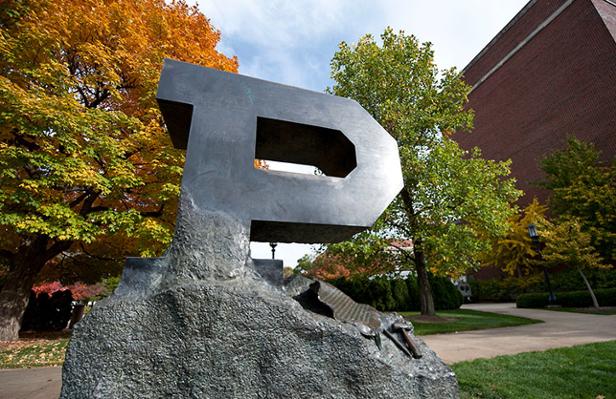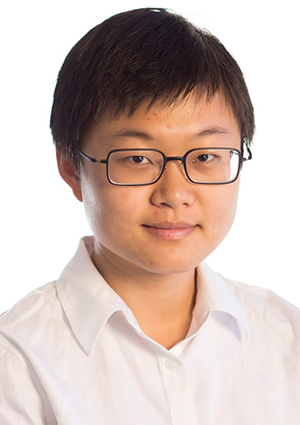
New Faculty

The Department of Physics and Astronomy at Purdue University welcomes a new assistant professor to the faculty in the fall of 2021, Dr. Qi-Yu (Grace) Liang. Liang brings with her a substantial knowledge of atomic, molecular, and optical (AMO) physics. She explains that Purdue has a fast-growing AMO community and will expand her research here while also teaching Physics 172. She is looking to continue her passion of research and mentoring the next generation of talent.
“I tried AMO experiments out of curiosity” says Liang. “I fell in love with them because on the one hand, they are simple enough to be bench-top experiments; on the other, they are complicated and require a team of a few people and many different skills, including but not limited to programming, lasers and optics, electronics, etc. This unique combination allows one to learn a lot and see all aspects of the research, in contrast to experiments that can be performed by one person or hundreds. Another reason is the high controllability of ultracold atom experiments. They are relatively close to ideal systems, without having to worry about defects, etc.”
Liang was born and grew up in Beijing. She entered Peking University (also known as Beijing University) in 2005 to study physics. In the latter two years as an undergraduate, she studied surface modification for assembly of colloidal crystals under the guidance of Prof. Ziqiang Zhao.
In 2009, she was accepted to the Department of Nuclear Science and Engineering (NSE) at MIT. She then switched to the Physics Department and has studied quantum nonlinear optics by coupling the photons to highly interacting atomic Rydberg states. The lab was finishing up a hollow-core fiber experiment when she arrived. Together with her labmates, she built the new Rydberg experiment. They first demonstrated single-photon nonlinearity with this then new approach involving highly-excited Rydberg states. Later, they observed symmetry-protected collisions between a propagating photon and a stored one. Most of her efforts, though, were dedicated to creating bound states of photons. She received her Ph.D. degree in 2017.
Liang has a collaborative scientific drive that pushes her to explore a variety of sciences. Although her Ph.D. research fascinated her, she has been curious about Bose-Einstein condensate and has always wanted to make one. Therefore, she joined Dr. Ian Spielman’s group as a postdoc. They study ultracold atoms in optical lattices subject to Raman-induced spin-orbit coupling. The system is an ideal platform to simulate particles moving in two-dimensional lattices with a uniform magnetic field perpendicular to the lattice plane. With this extensive background, the Department of Physics and Astronomy looks forward to seeing where Liang’s scientific drive takes her and her students.